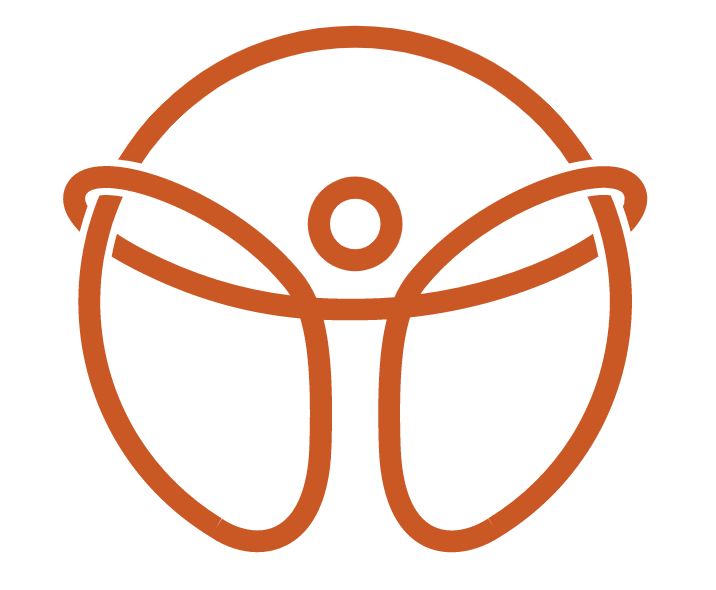Plantar fasciitis and crossfit: how to keep training smart (part 1)
Plantar fasciitis is one of the most common causes of heel pain among active individuals. It occurs when the plantar fascia—a thick band of tissue along the bottom of the foot—becomes irritated from repetitive strain or excessive load. This tissue plays a major role in supporting the arch and absorbing shock during activities like running, jumping, and lifting. When its capacity is exceeded, pain, stiffness, and inflammation can develop near the heel or along the arch.
Understanding the Root Cause
Plantar fasciitis isn’t just an issue of “tight calves” or poor foot mechanics. It’s most often a load management problem—meaning the tissue has been asked to handle more stress than it’s currently conditioned for. This can happen after a sudden increase in running volume, new plyometric training, or repetitive impact movements on hard surfaces. In CrossFit athletes, movements like double-unders, box jumps, and heavy squats can all contribute if recovery and load progression aren’t balanced.
Load Management Principles
Successful management of plantar fasciitis starts with adjusting load—not avoiding movement altogether. The goal is to maintain training while reducing excessive strain on the plantar fascia so the tissue can adapt and recover. Consider these principles:
- Modify, don’t stop: Temporarily reduce high-impact activities (like running or box jumps) and replace them with lower-impact cardio options such as biking or rowing.
- Scale volume and intensity: Keep lifts and conditioning sessions consistent, but reduce explosive movements or excessive jumping volume for 2–4 weeks.
- Gradual reloading: Once symptoms improve, progressively reintroduce load to build tissue tolerance rather than going straight back to full volume.
CrossFit-Specific Modifications
One of the biggest challenges for CrossFit athletes with plantar fasciitis is staying active without flaring up symptoms. The key is adjusting the “how,” not abandoning training altogether:
- During WODs: Substitute double-unders with bike, ski erg, or plate hops. Swap running intervals for sled pushes or step-ups.
- In lifting: Prioritize tempo squats and deadlifts to build controlled strength in the posterior chain without aggressive heel loading.
- Accessory work: Add calf raises, foot doming, and toe flexor work to build resilience in the plantar fascia and supporting muscles.
Footwear & Orthotics
The right footwear can significantly reduce strain on the plantar fascia during training and daily activity. Look for shoes with adequate arch support, a slightly firmer sole, and adequete heel drop. While minimalist shoes can strengthen the feet over time, they may not be ideal during painful flare-ups. In some cases, short-term use of custom or over-the-counter orthotics can help offload stress and allow the fascia to recover.
Symptom Management Strategies
Symptom relief should support—not replace—load management. Addressing pain early can help keep training consistent while recovery occurs.
- Soft tissue work: Gentle massage or rolling under the foot and calves can improve circulation and relieve stiffness.
- Mobility drills: Stretching the calves and working ankle dorsiflexion help reduce tension through the plantar fascia.
- Cold therapy: Ice massage or rolling a frozen water bottle under the foot for 5–10 minutes can reduce pain after training.
- Morning stiffness tip: Before getting out of bed, gently flex the foot and do a few ankle circles to reduce the “first-step” pain.
The Bottom Line
Plantar fasciitis doesn’t mean you have to stop training—it means you need to train smarter. By managing load, adjusting training variables, and supporting the foot through proper footwear and recovery strategies, most athletes can continue progressing without major setbacks.
At MVMT STL, our goal is to keep you moving, help you understand your body’s limits, and guide you back to full performance safely and confidently.

